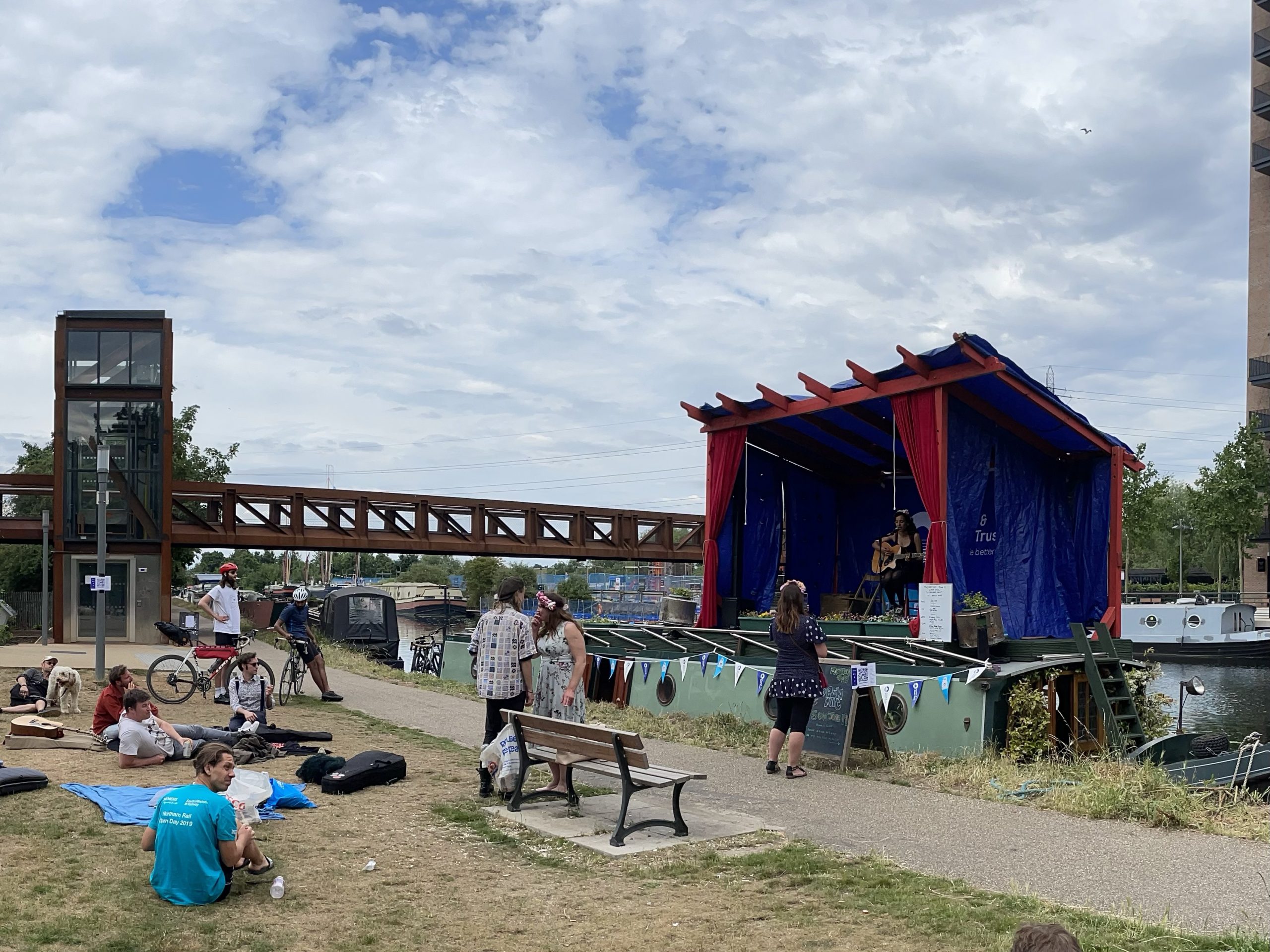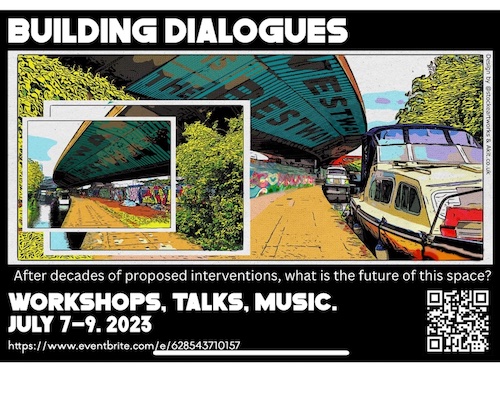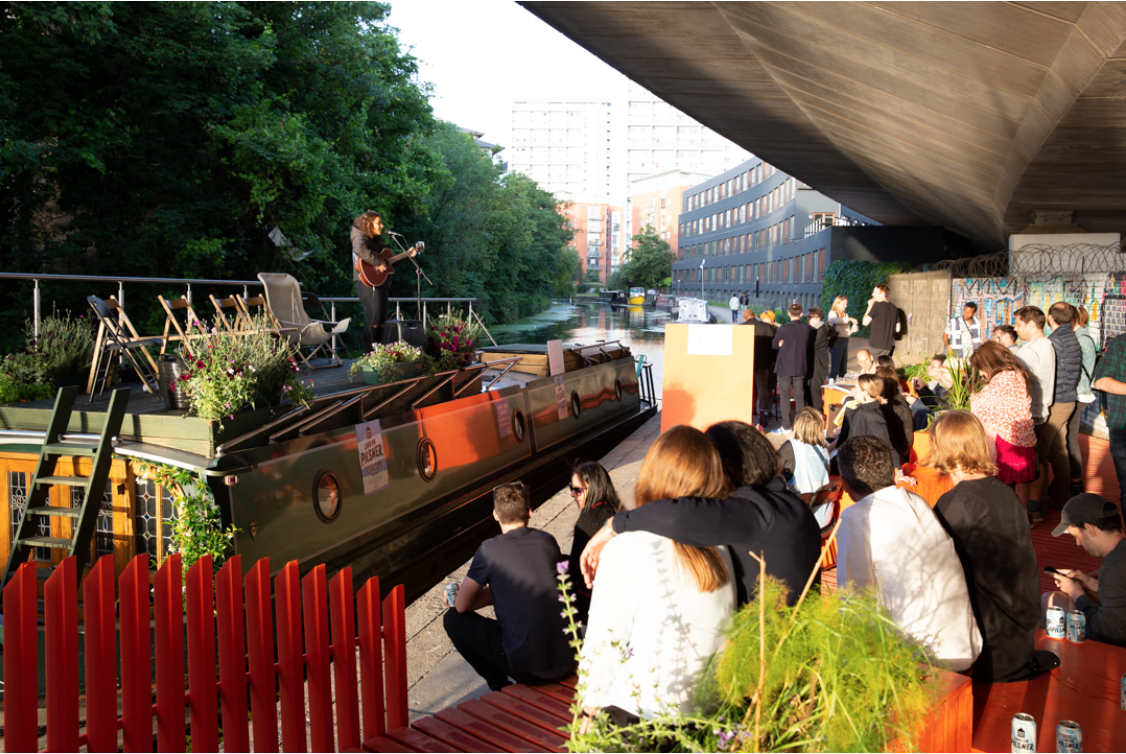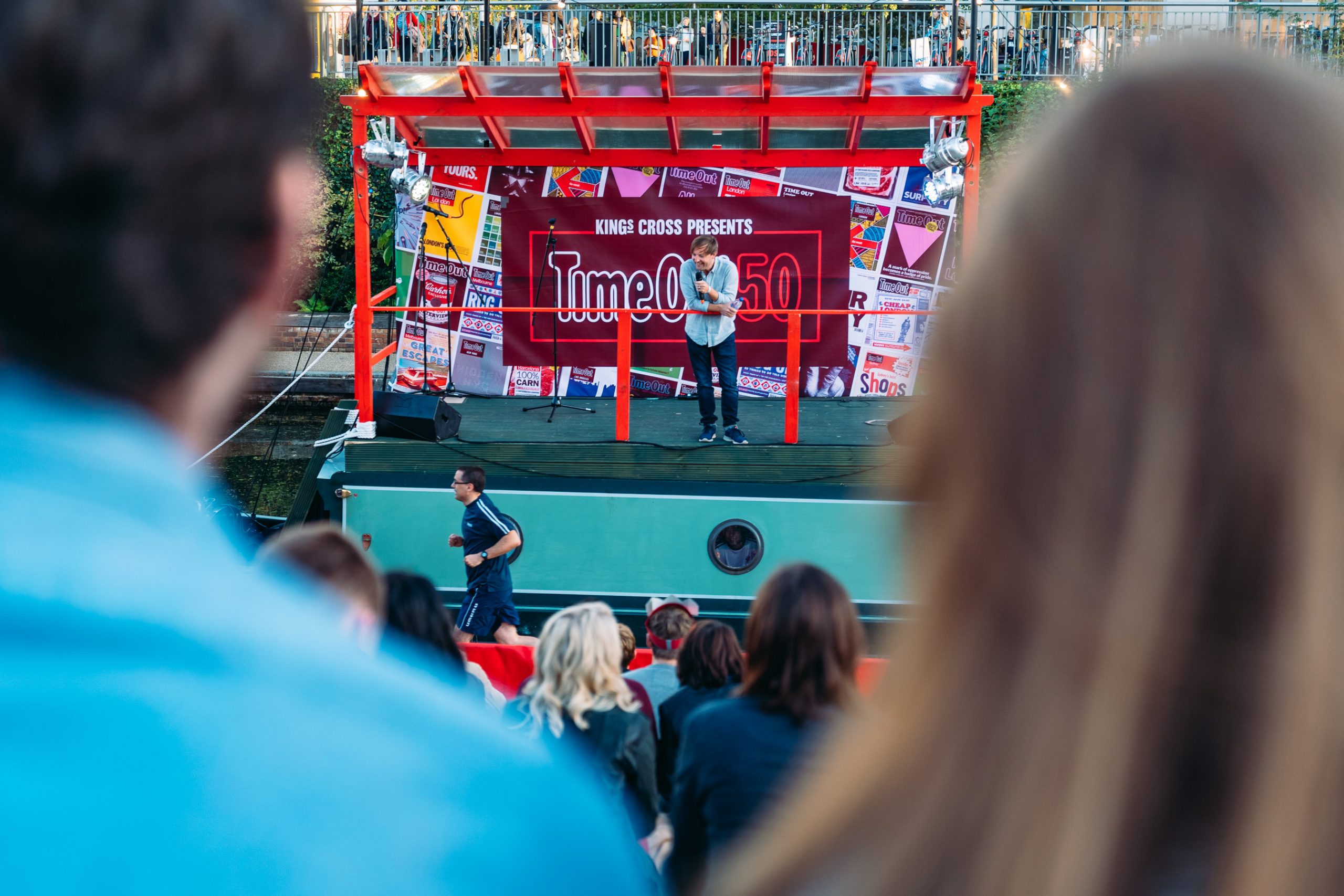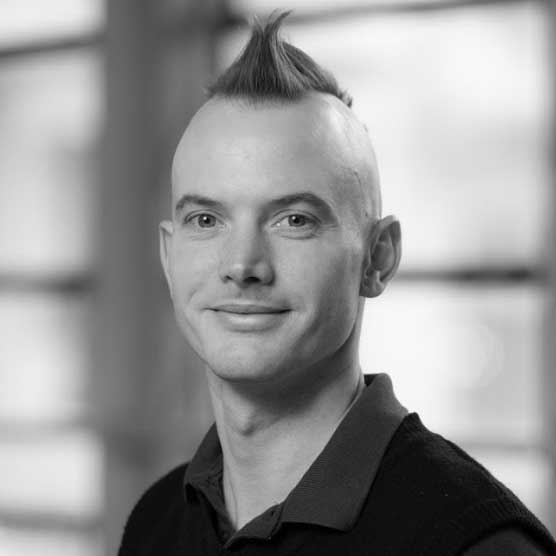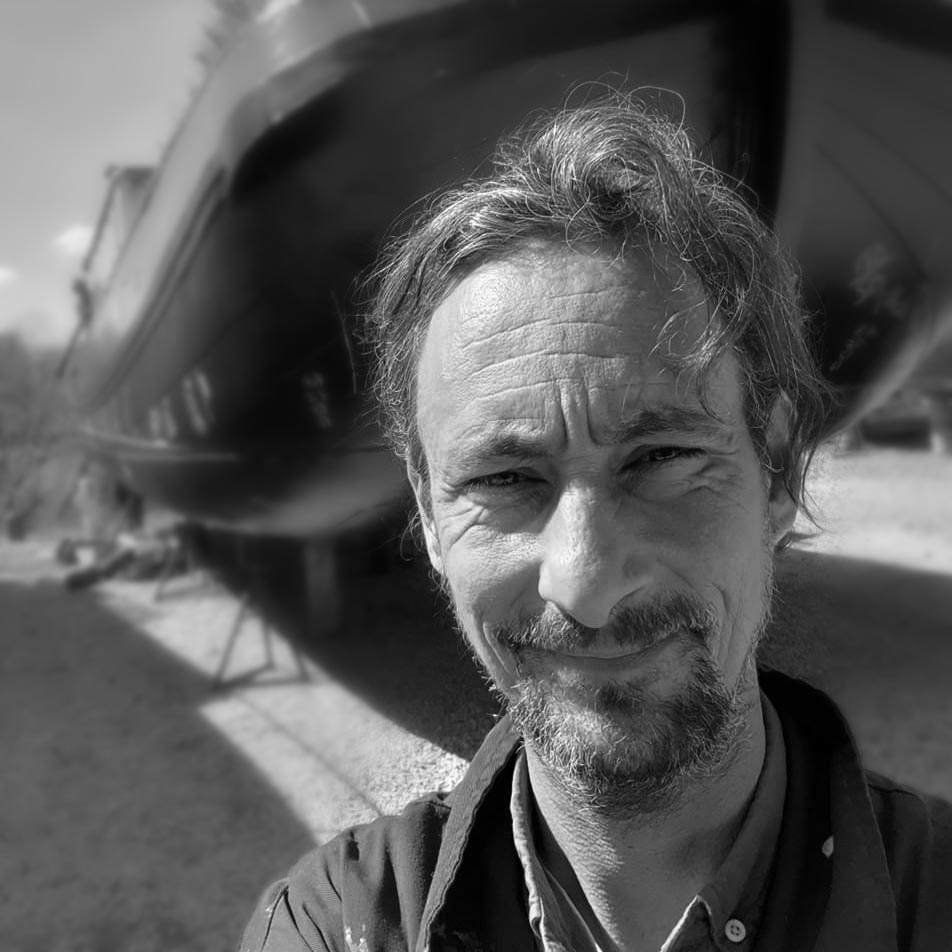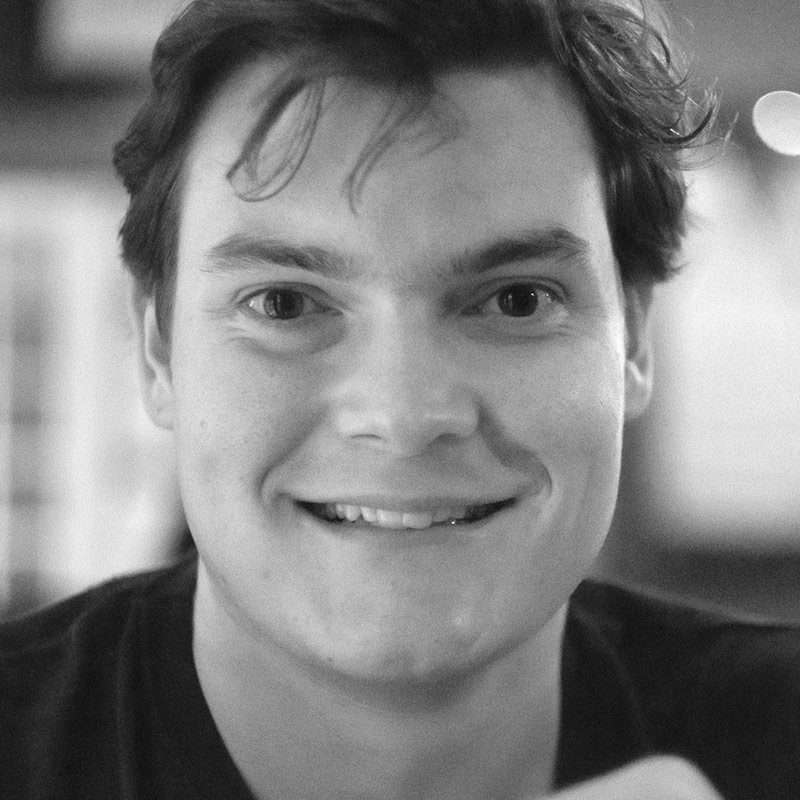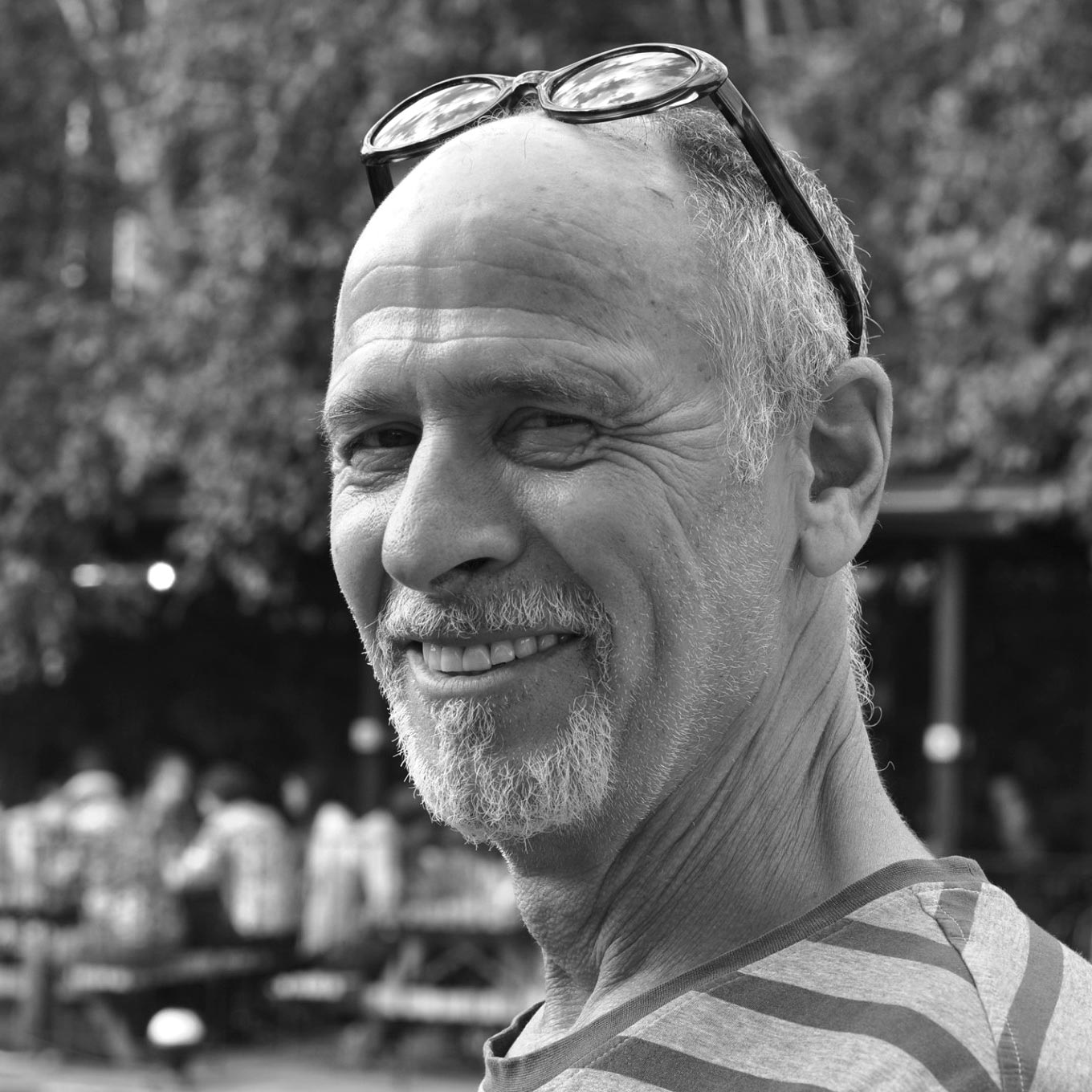“This Space Needs Love” pleads the old headline over a photo of the Westway Highway’s drab underbelly. One side features trees, sun-dappled water and stand up paddleboarders coming round the bend. On the other are 100 metres of bare dirt and cinder block for which architect Sophie Nguyen’s advertisement for a 2017 London Festival of Architecture program solicits attention. Construction of the A4 – the highway in the photo – relieved traffic between Shepherds Bush and Central London but devastated 23 acres of land in North Kensington, displacing an estimated 3000 people for every mile of elevated road.
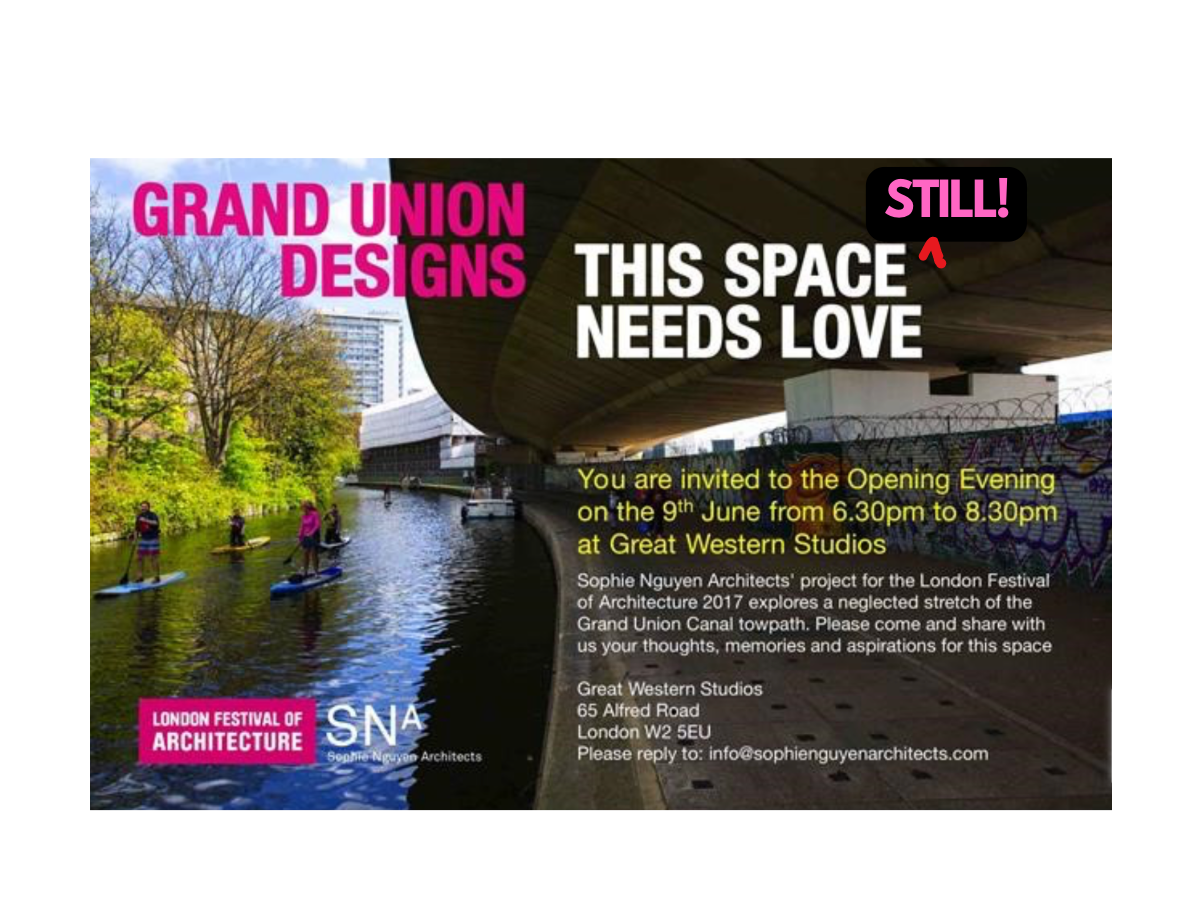
As a textbook case in how not to build urban infrastructure, it prompted new practices including the requirement of environmental impact studies for future projects, and created the Westway Trust which continues to ameliorate impacts of the highway 50+ years later. One place people still struggle to effect is the covered stretch of canal beneath the Westway Flyover.
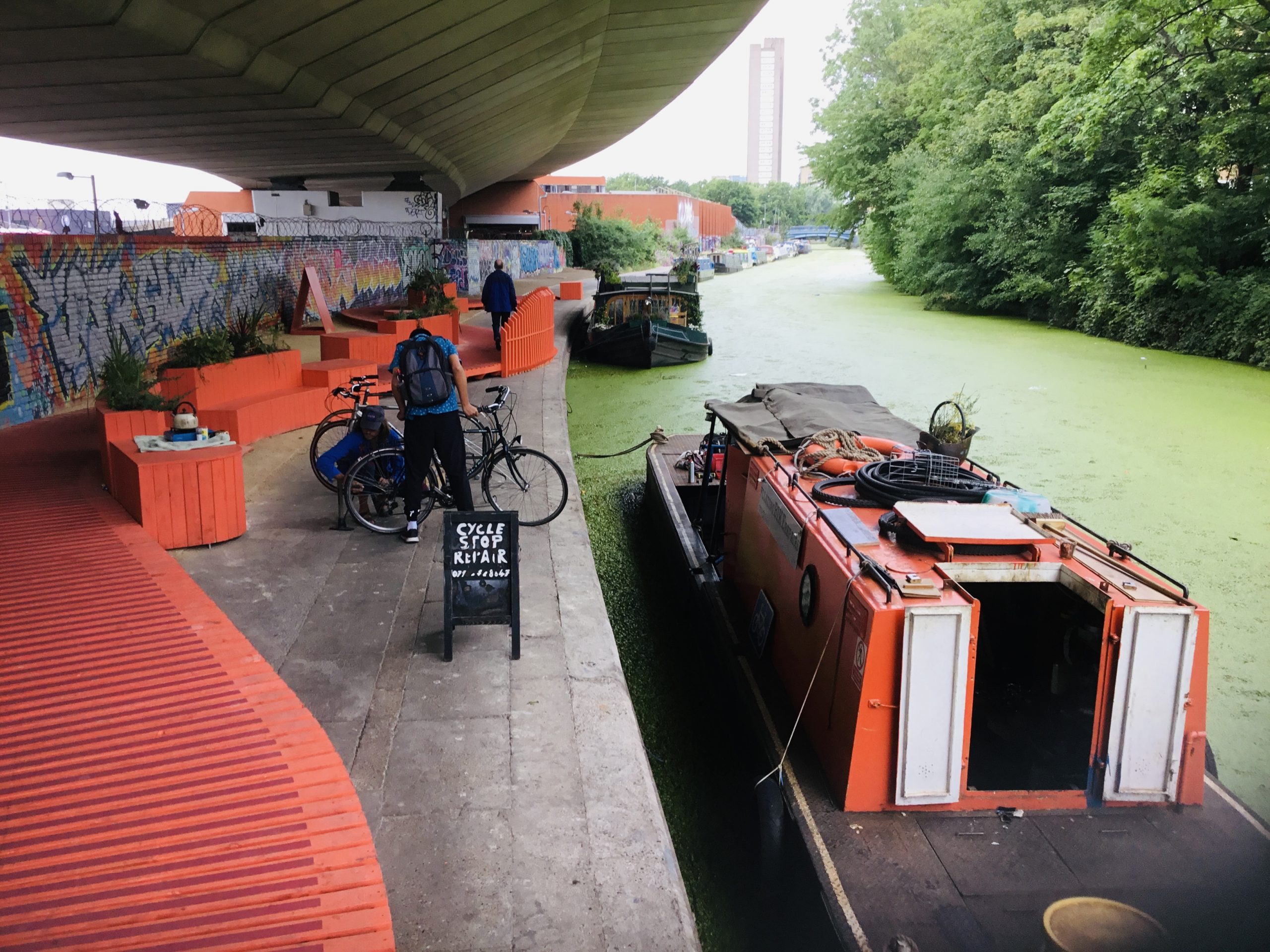
Multiple efforts have been made. Two years after residents contributed ideas for Mrs. Nguyen’s renderings, the City of Westminster sponsored another architectural competition in partnership with the London Festival of Architecture. £30,000 was tendered for a month-long installation so residents could experience an idea rendered in three dimensions. Forty two designs were submitted. Seven firms were short-listed. “The Co-Mooring,” which coupled an architectural intervention with proposed policy changes and community activities, was the winner.
The website of winning team member Studio Yu describes its bold vision: A train of canal boats offering products and services. A sinuous blaze orange walkway encourages cyclists to slow down. Leafy nooks invite people to gather, eat ice cream from a boat-based vendor, or get their bicycle serviced from a floating repair shop … examples of interaction between the canal boat and local communities that might be replicated in similar overlooked, under-loved spaces throughout London’s 100 mile canal network.
Molly Anna provided a platform for the culminating event; a panel discussion with members of the selection committee including representatives of Architects Journal and the Maida Hill Neighborhood Association. Ruchi Chakravarty, Urban Design Coordinator for the Westminster City Council, called attention to the “cathedral-like ceiling” of the sweeping concrete overhead. Sir William Atkinson, Chairman of the Canal and River Trust Advisory Board, spoke loftily about what partners might do to render positive changes permanent in this spot.
The festival ended. Infrastructure was disassembled. The site regained its windswept look. Four years later, it’s time to revisit past efforts and see what we’ve learned, what’s changed and what’s now possible. In the wake of Covid, London needs outdoor venues more than ever, opportunities for people to re-connect and as hedges against return of a virus that shutters indoor venues.

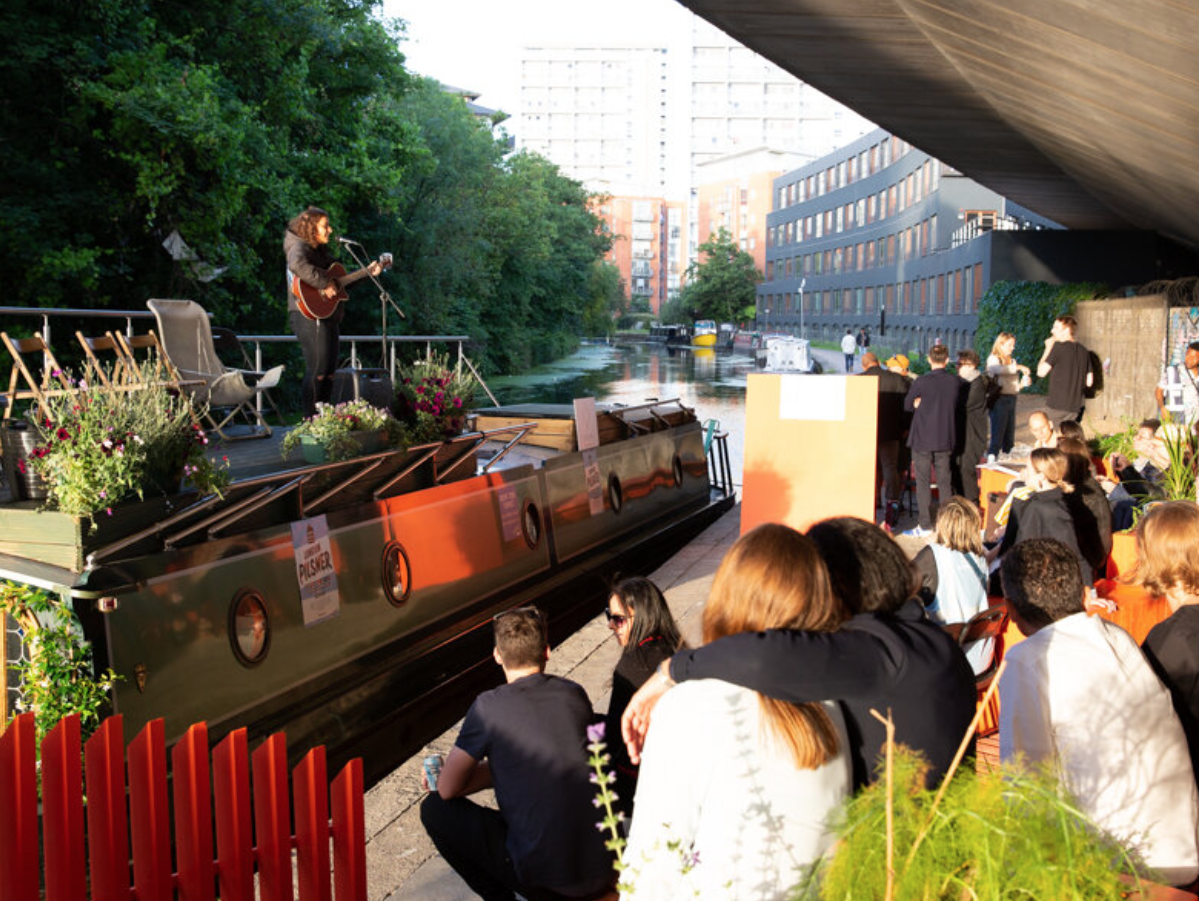
With support from the Westway Trust’s Events and Celebrations Program, Your Canal Boat CIC invites past participants — and all of the architectural firms who were short-listed for the competition — to return for a “Co-Mooring 2.0”, a weekend of performance to demonstrate the unrealised potential of this rare and special site, and discussion about the site’s future. It’s planned for the first week of July. Get in touch with admin@yourcanalboat.com if you’d like to be involved.



